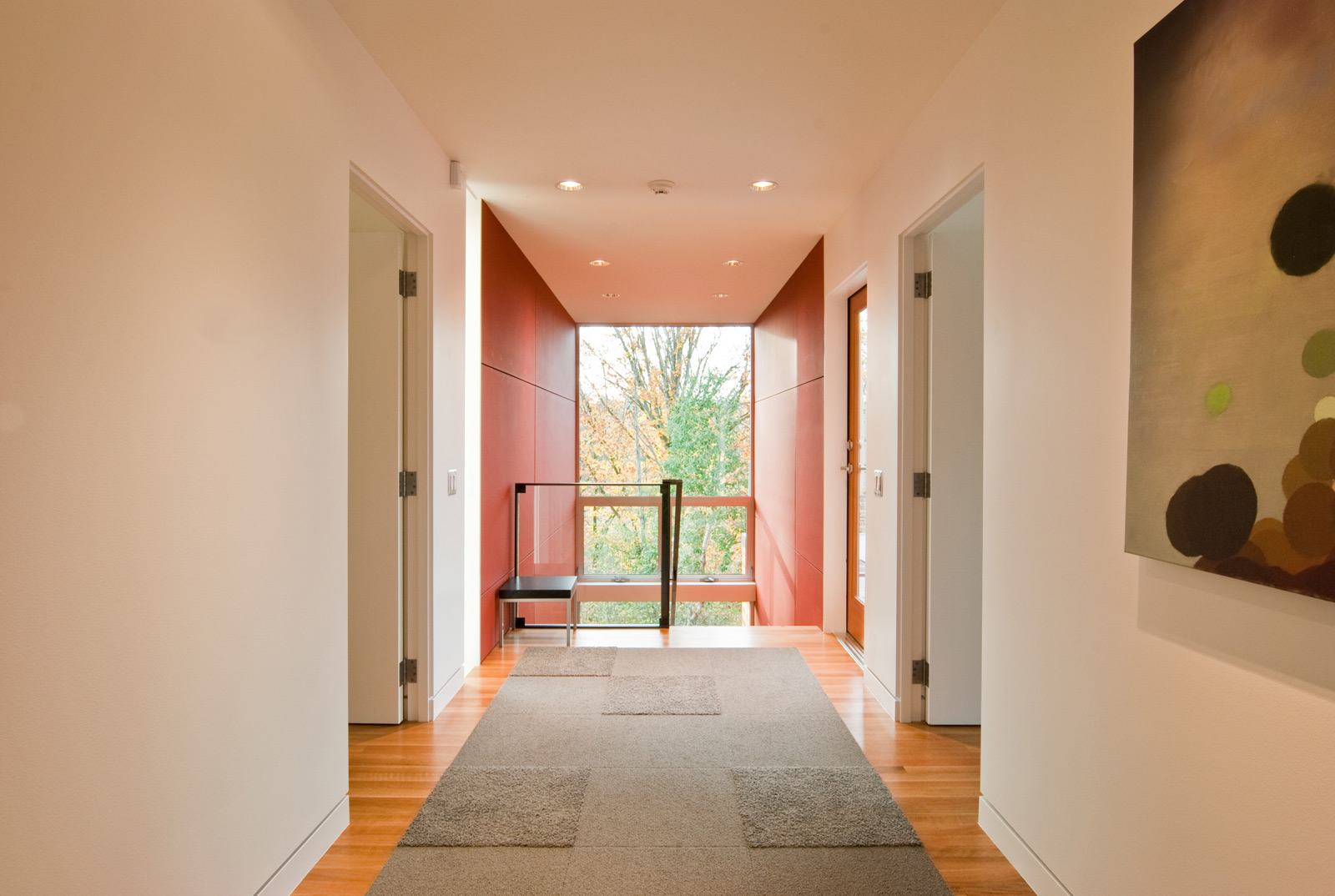
The principles and practices of Feng Shui continue to play an increasingly important role in our design work and, while we’re no experts in the philosophy, we are enthusiastic students of its value. Even a basic review of Feng Shui reveals an intricate and sometimes contradictory language of design. In fact, for this post, we had a difficult time even finding a common definition of Feng Shui. In the spirit of forward progress, we borrowed from a variety of sources and produced our own definition – one that relates to our use of Feng Shui and (with any luck) keeps relatively true to its fundamental ideals. Here goes:
Feng Shui literally translates as “wind-water” in English and is the Chinese art or practice of positioning objects or structures so as to harmonize with spiritual forces. It is based on a belief in patterns of Yin and Yang and the flow of energies (Chi) that have positive and negative effects. The practice commonly influences orientation, placement, or arrangement.
While we greet some principles of Feng Shui with skepticism, (the placement of a three-legged toad statue in the entry vestibule, for instance,) we admire others for their direct and understandable value to physical design. These beliefs typically relate to what seems healthy and sensible to us as architects. Orienting the bed to face south-east is a good example, as it has a clear relationship with a natural way to awake in harmony with nature.
Academics may take issue with our rudimentary understanding of Feng Shui, our selective use of its principles, or our tailored definition. This post is not intended to cover the philosophy of Feng Shui or address the complexity of the complete Feng Shui design process. For that, there are entire academic programs which deal with Feng Shui’s cryptic language. We don’t intend to find anyone’s Bagua (energy map of a house), determine anyone’s Feng Shui Birth Element or clarify your Kua Number (lucky direction). Today’s post is, rather, 10 simple principles of Feng Shui that we continue to encounter on our projects. These items are usually requested by savvy clients who are versed in the guidelines of Feng Shui. More often than not, we find that these 10 principles of Feng Shui dovetail nicely with Pacific Northwest modernism and the philosophy of Scandinavian design that have so heavily influenced our own thinking.
1. The ideal house proportion is square, followed by rectangular. These geometries make for highly functional relationships between interior spaces, energy efficient plans, and the application of practical building materials.
2. The front entry should be clean, unencumbered and well maintained. The entry area should be free of trash bins, yard tools and other distractions. House numbers should be clearly visible and preferably in a font like Century Gothic, Helvetica or Neutra (okay, we might have made up that last part). The entry area is the face of the house, you pass it several times each day and it is the first thing that greets visitors: it should be an area that evokes positive energy.
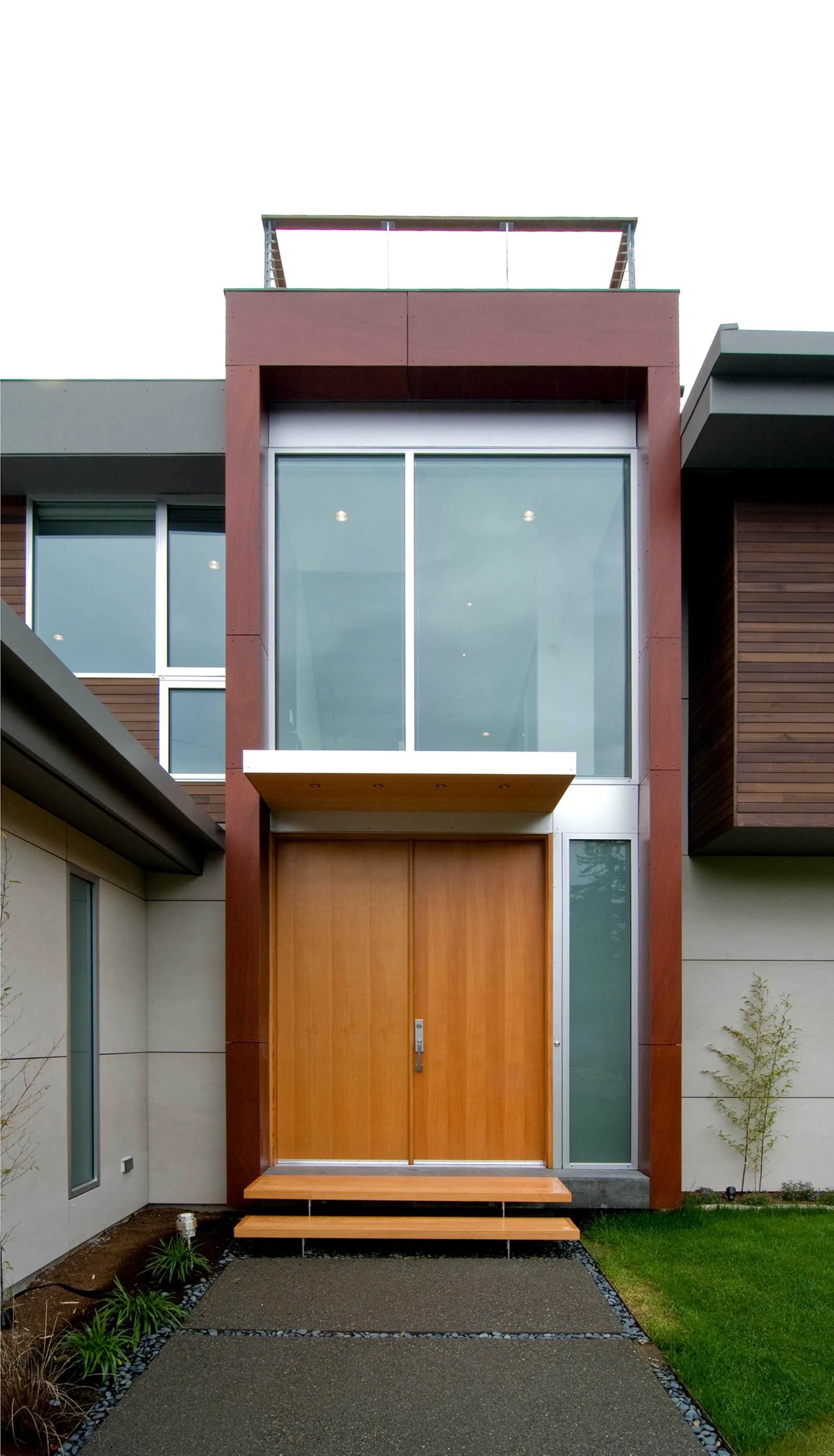
3. The quality of the entry door determines the quality of the energy entering the home. Ideally, doors should be solid and should open in. The front door can become a feature of the home with the use of a bright color (red seems to be preferable).
4. Areas of rest should be kept separate from areas of work. A home office should be distinct from living or sleeping areas. Physical and/or psychological design elements should be strategically located to separate places of rest from places of work.
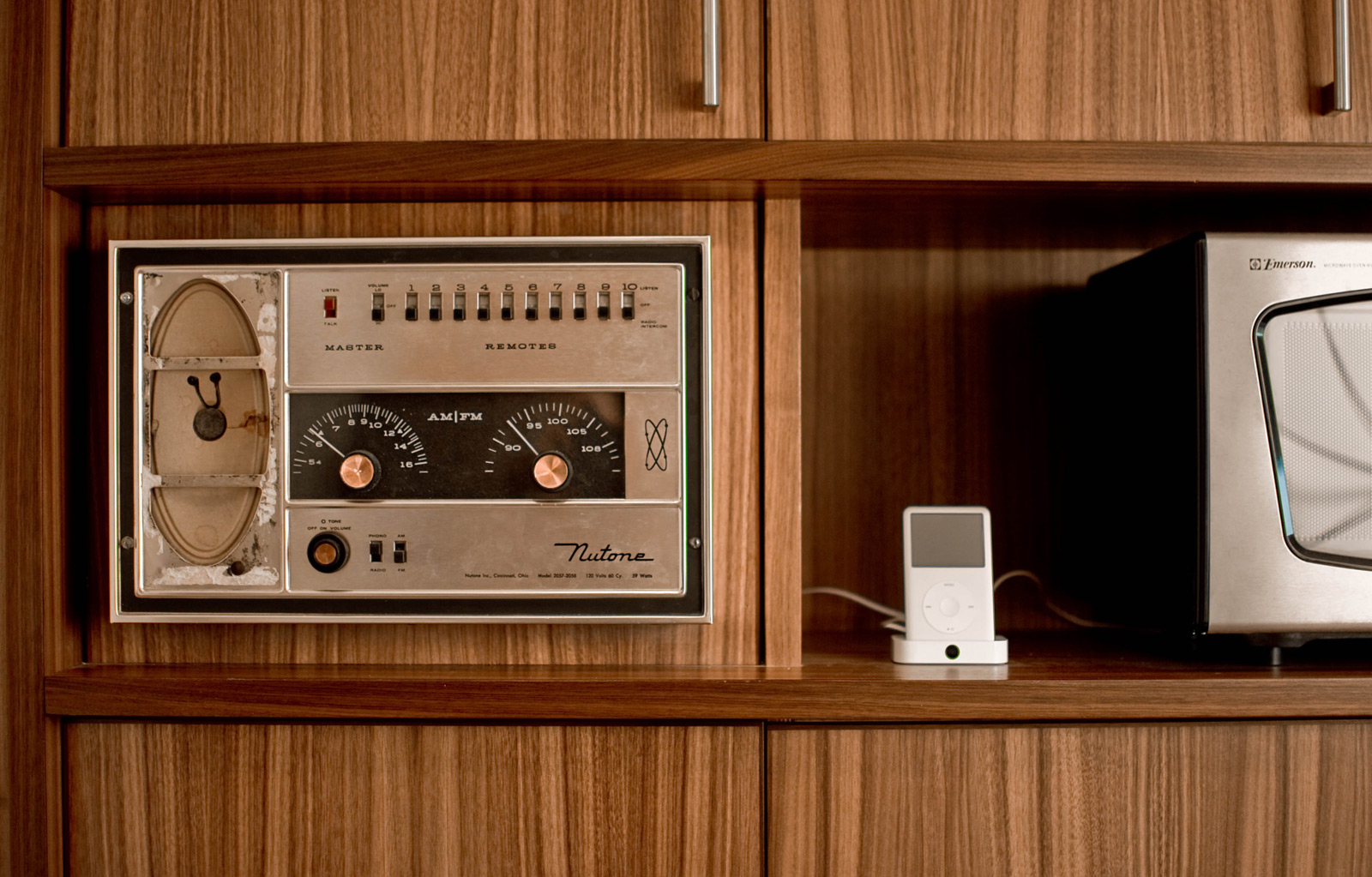
5. There should be a place for everything to be stored and rooms should be clutter free. Clutter in the home restricts the flow of positive energy and results in cluttered thinking. A tidy, well organized home fosters a calm and relaxed environment.
6. Get rid of unused items. As a simple matter of home maintenance, items that are unused evoke bad energy and should be removed. That old [fill in the blank item in your garage] that you keep thinking that you’re going to fix up (but never do) is messing up your Chi.
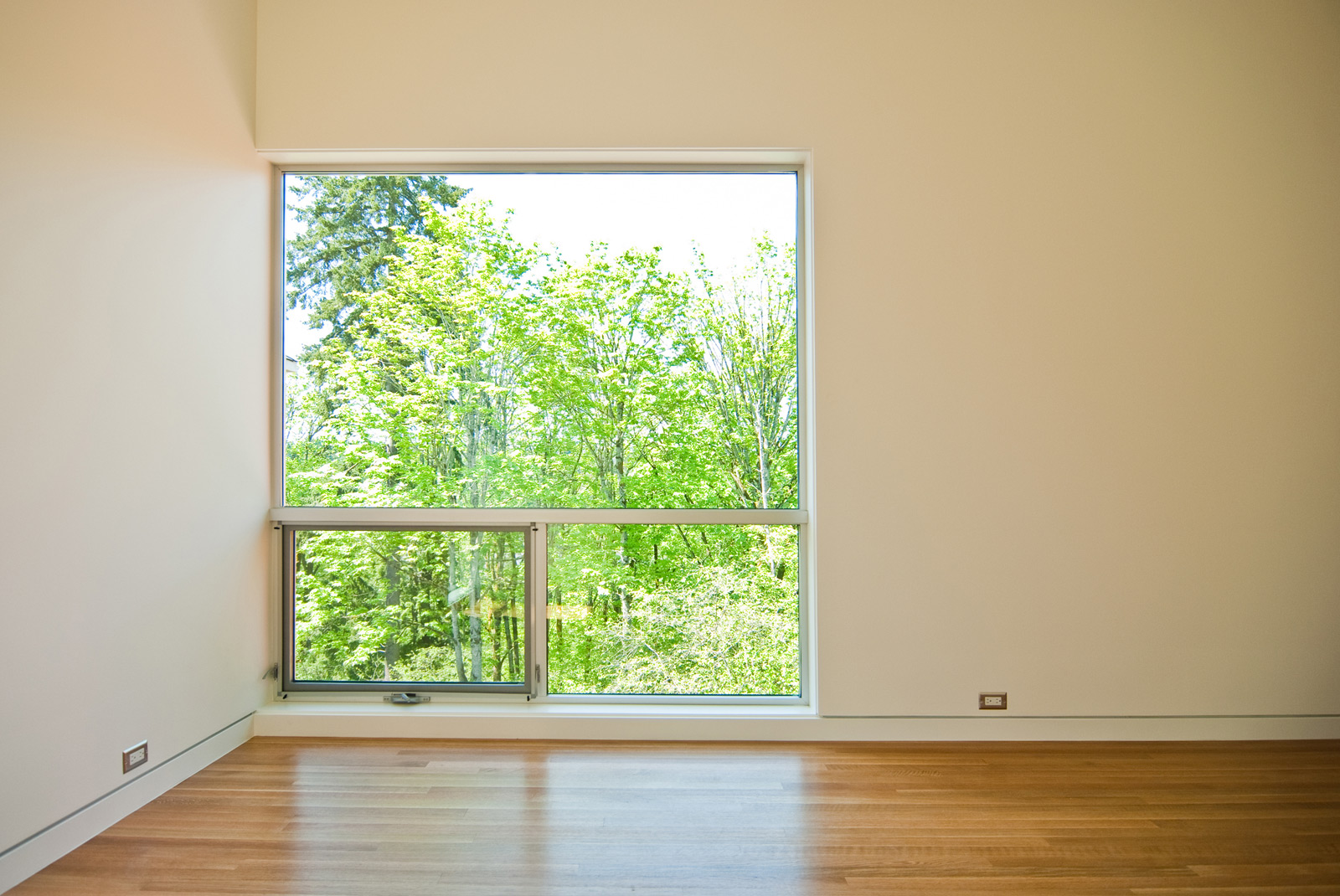
7. Promote natural ventilation and an abundance of daylight inside the house. Large floor to ceiling windows maintain a maximum amount of natural daylight while operable windows in the right locations allow for excellent natural ventilation.
8. Beds should face south-east so that the process of sleeping and waking are in harmony with nature. While the fundamentals of Feng Shui link the direction of the bed with your Kua number and what you are trying to achieve in life (wealth, love, happiness,) we find that most people simply enjoy waking up with the sun.
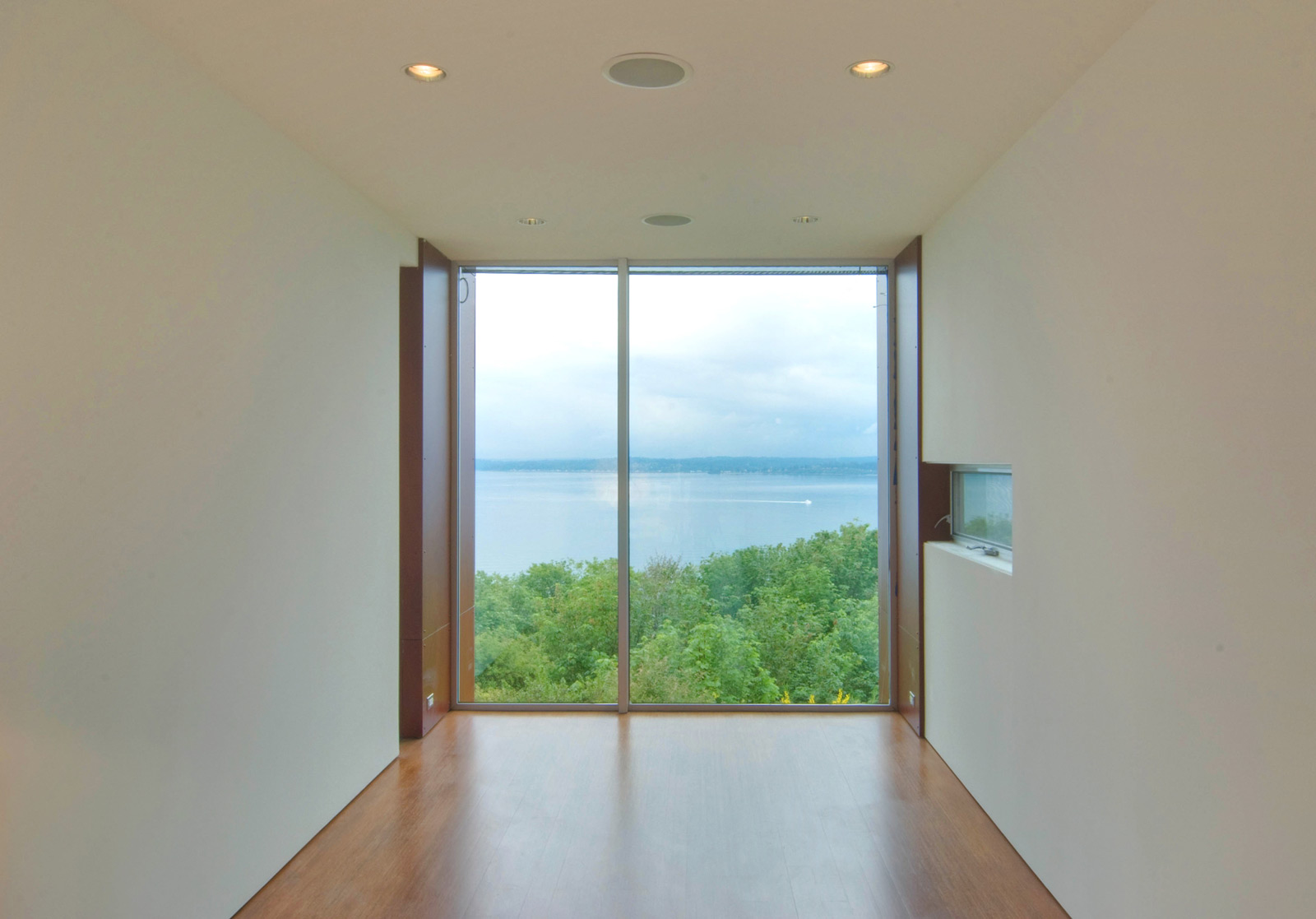
9. Avoid sharp corners or protruding objects pointing toward areas of rest. This includes beds, the dining room table, the sofa, etc. Designing with simple squares and rectangles typically compliments this principle (see #1).
10. The center of a house should be empty to let the energy circulate properly. This works well with the circulation of a house and it allows common areas to share common square footage.
Feel free to add your own thoughts or modifications. And, as always, we’re open to criticism (although we may point a three-legged toad statue in your general direction for doing so).
Cheers from team BUILD





